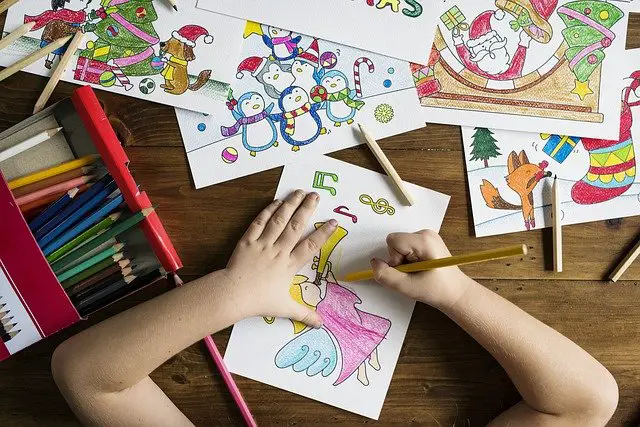Effective Teaching Strategies for Students With Intellectual Disabilities
Hands-On Learning
When we teach children with intellectual disabilities, we need to keep in mind several factors. First of all we need to set goals that are most important for the child. Learning the names of the planets may not be as important as learning about how plants grow. Next we need to make materials and set up the environment so that it supports the child’s learning. Finally, we need to use some teaching strategies to teach and motivate the child to learn. Here we explore a few effective teaching strategies for students with intellectual disabilities.
[caption id=“attachment_130310” align=“aligncenter” width=“640”] Hands-on learning benefits students[/caption]
Hands-on learning benefits students[/caption]
Hands-on learning is the process of using activities and other hands-on tasks to teach skills. All children and especially children with intellectual impairments learn best through this process. An example would be to do science experiments to learn science concepts. Another idea is to use play dough and make letter shapes to learn letters. Hands-on learning is also a great way to learn math.
Play-Based Learning
Play-based learning is when we use play activities to teach cognitive skills. For example if a child is playing with cars, we sit with the child and start playing too. While playing we use statements like “ can I play with the red car? Can you give it to me?” In this way we teach skills to the child while he or she is playing.
Baby Steps
Children with intellectual disabilities need to learn through baby steps. Every task, skill or activity needs to be broken down into small baby steps. The child is taught one small step at a time. Slowly, he or she learns to combine these baby steps to learn a bigger concept. For example, we will not teach the concept of red color in one day, we will first teach sorting red, then matching red, then identifying red, then naming red and finally generalizing red. In this way try to break up every skill into small baby steps.
Chaining
Chaining is the process of breaking a task into its small steps and teaching students in a sequential manner. It is usually used to teach daily living skills and life skills. For example, we first teach a child to hold a pant with two hands, then we teach him to hold it and bring it down to his legs. Next we teach him to hold it, bring it down to his legs, and put one leg inside. This process is called forward chaining. Backward chaining is when you teach the child the last step first. We do the activity of the child and let the child do the last step on his own. Then we do the activity till the second last step. In this way the child does more and more of the activity and we do less till the child can do the whole activity on his own.
Group Learning
Group learning is one of the most effective teaching strategies for students with intellectual disabilities. It is when you bring children together in a group to teach various skills. Children often do better when they are in a group. Behavior difficulties are less, and children motivate each other. The only difficulty in group learning is that you need enough hands to help children learn together.
Positive Reinforcement:
Positive reinforcement is used to reinforce the child positively every time he learns a new skill, or performs or practices a known skill. It is a great way to motivate children with intellectual disabilities. Use reinforcements that are appropriate for the child.
These are just a few effective teaching strategies for students with intellectual disabilities. The best way to teach, however, is to understand the child, understand his abilities and his needs. From there comes the natural selection of strategies and methods that fit him or her.
